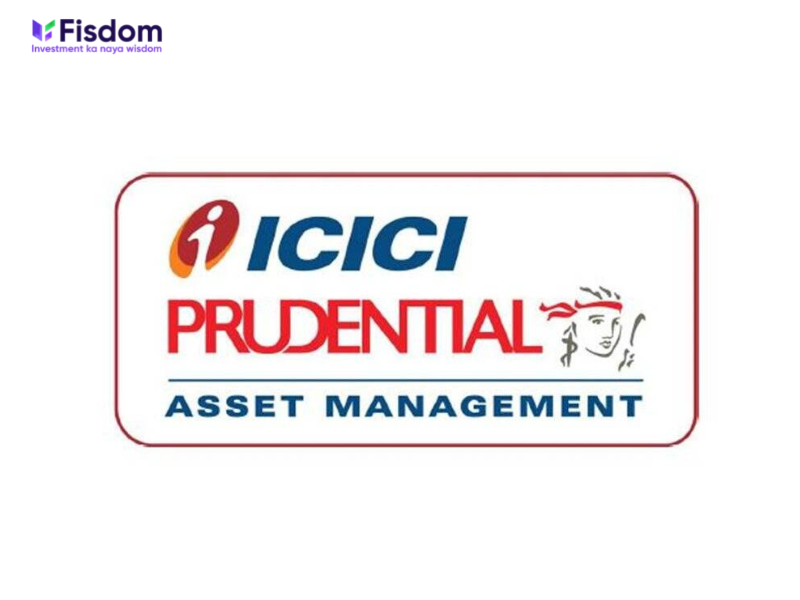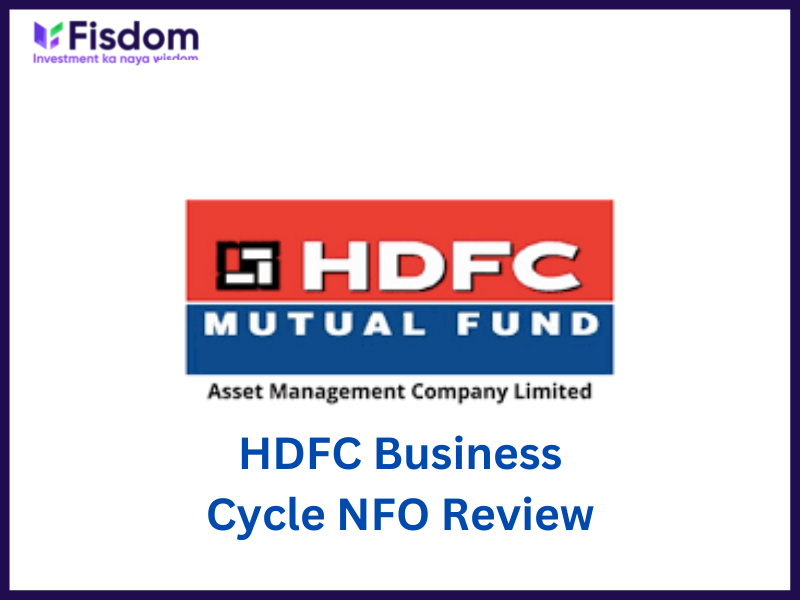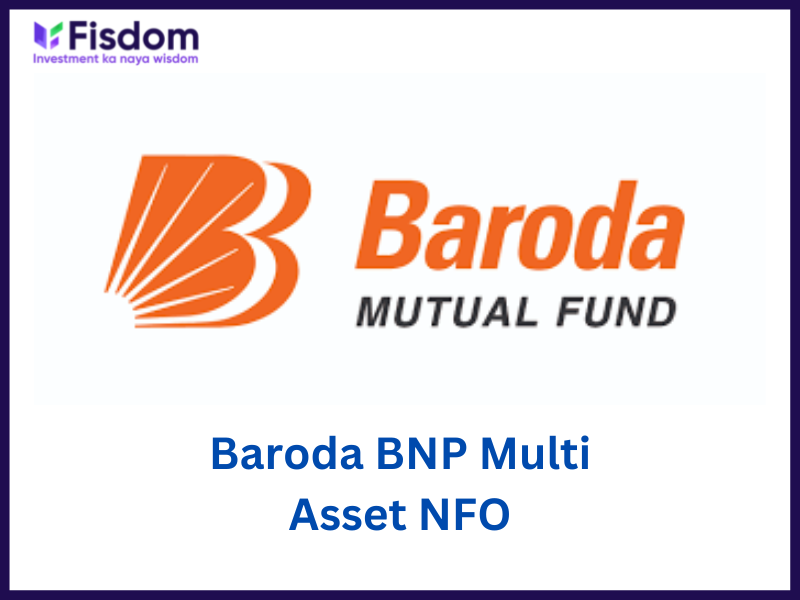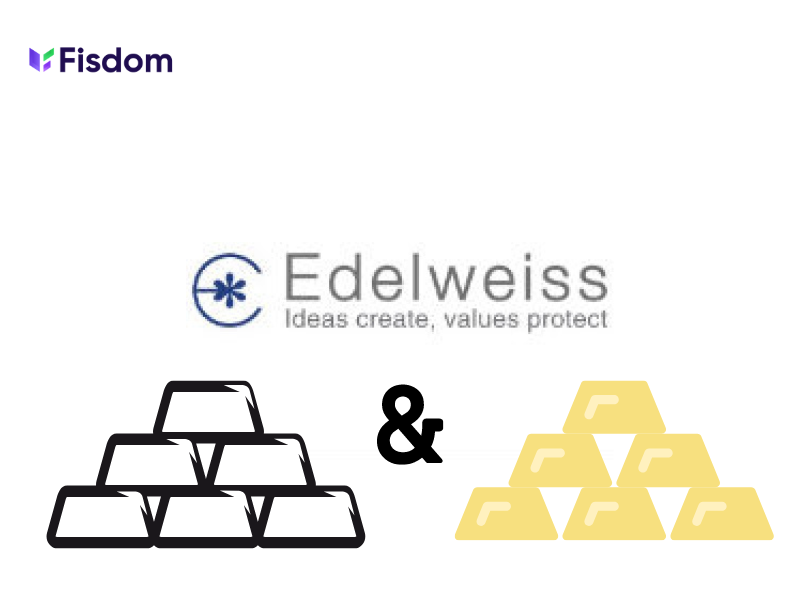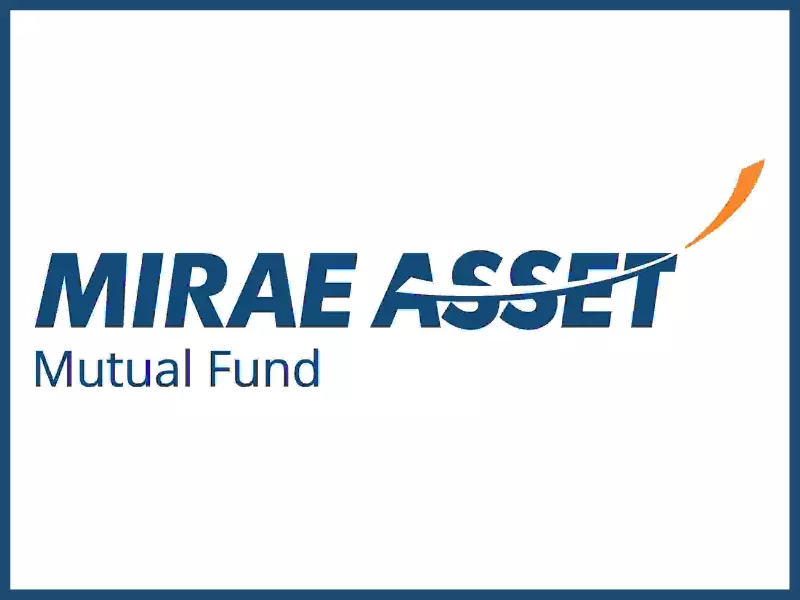
Introduction
Mirae Asset Mutual fund has announced the launch of an NFO Mirae Asset Nifty SDL June 2027 which is an open-ended scheme in the medium to long-term duration debt funds category. The NFO will be launched on 25th March 2022 and will close on 29th March 2022. The fund will re-open for regular purchase and sale from 31st March 2022.
Investment objective of the fund
The scheme is Target Maturity Index Fund which has the Nifty SDL June 2027 Index as its benchmark. The objective of the scheme is to track the index for its performance and try to replicate it to maximize the investor’s wealth subject to the tracking errors. The fund does not guarantee the achievement of the objective or the returns from this fund.
Reasons to apply for the NFO
- Reasonably predictable returns
The fund invests in various State Development Loans which have maturity on or before 15th June 2027 and are listed on the Nifty SDL June 2027 Index. This scheme, therefore, belongs to the category of fixed maturity funds that have reasonably predictable returns. This predictability may not be the guarantee of returns on the funds but such returns are more or less stable and predictable as compared to equity-oriented funds.
- Low-risk investment option
The fund aims to invest in SDLs of 20 States and UTs in equal weightage. Therefore, the scheme has limited credit risk and the overall risk factor of this fund is also greatly reduced. Also, this fund is a passively managed index fund and hence, has the inherent low risk that is one of the key features of an index fund. The scheme is a good investment option for investors with a medium to long-term investment horizon at the same time investors looking to earn more or less stable returns are reduced or manageable risks.
- Low cost of investment
The units of the fund are priced at Rs. 10 per unit during the NFO period. Investors can invest in the fund with a minimum investment cost of Rs. 5,000 and thereafter in multiples of Re. 1. The fund also has the option to invest through monthly and quarterly SIPs where the minimum SIP amount is Rs. 1,000. Also, the fund does not have any lock-in period unlike FMP (Fixed Maturity Plans).
- Tax-efficient investment option
The fund will be taxed along the lines of any fund in the debt fund category. Investors can earn short-term capital gains or long-term capital gains from their investment in these funds depending on the holding period. The STCG will be taxed at the normal slab rates as applicable for the investor. LTCG, on the other hand, will be taxed at the flat rate of 20%v after the benefit of indexation.
- Plans available
The fund offers a regular plan and direct plan for the investors under this scheme. Furthermore, investors can invest under the Growth plan or the IDCW (Income Distribution cum Capital Withdrawal) option based on their investment objective as well as other parameters like investment horizon and risk-return perception.
Performance of the Index
The performance of the indices that are maturing between June 2026 to June 2027 is tabled below.
| Name of the Index | Average YTM | Average Duration | Average Maturity |
| NIFTY SDL Plus PSU Bond Sep 2026 60:40 | 6.22% | 4.25 | 3.66 |
| NIFTY PSU Bond Plus SDL Apr 2027 50:50 | 6.48% | 4.99 | 4.20 |
| Nifty SDL April 2027 Index | 6.39% | 4.75 | 4.05 |
| Nifty SDL June 2027 Index | 6.53% | – | – |
| Nifty SDL April 2027 Top 12 Equal Weight Index | 6.48% | 5.07 | 4.2 |
Fund Details
The key details of the fund are tabled below.
| Scheme name | Mirae Asset NIfty SDL June 2027 Fund |
| Type of Scheme | An open-ended scheme investing in constituent of Nifty SDL June 2027 Index. |
| Category of the scheme | Index Fund |
| Benchmark | Nifty SDL June 2027 Index |
| Plan and options | Plans – Regular Plan and Direct PlanOptions – Growth option and IDCW option |
| Fund Manager | Mahendra Kumar Jajoo |
| Exit Load | NIL |
| Minimum Investment | Rs. 5,000 and in multiples of Re. 1/- thereafter |
| Expense Ratio | Regular Plan – 0.29%Direct Plan – 0.14% |
| NFO Period | 25th Mar 2022 – 29th March 2022 |
Where can you invest in the NFO?
Head over to the Fisdom App to invest in this NFO.
FAQs
NFO (New Fund Offer) is launched by the Asset Management Companies (AMCs) to generate funds for launching a new mutual fund. These funds are then pooled to buy the shares or other securities as per the fund’s mandate or the guidelines based on which the fund is launched. NFOs are like IPOs where all the relevant details of the funds are provided at the time of their launch and the units of the fund are usually set at Rs. 10 per unit for a subscription. SEBI guidelines allow the NFOs to be active for a maximum period of 30 days following which the units of the fund are traded based on their daily NAV.
NFOs, at the time of their launch, are launched in two categories namely close-ended funds and open-ended funds. The details of each type of fund are mentioned below.
Open-ended funds
The majority of mutual funds are launched as open-ended funds. Investors can subscribe to the fund at the nominal rate (usually Rs. 10 per unit) during the NFO period. After the NFO period, when the units are traded based on the daily NAV, the investors stand to gain huge capital gains depending on the performance of the fund.
Close-ended funds
Close-ended funds, on the other hand, do not allow the investors to subscribe to the fund after the NFO period is closed.
Investing in NFOs is a very good opportunity to maximize the returns as the units can be subscribed at nominal rates and the returns are potentially higher based on the prevailing NAV at the time of redemption. However, there are several points that need to be considered while subscribing to an NFO. Some of such points are highlighted below.
a)Track record of the AMC
NFOs are offered for the new mutual fund so no proven track record can be reviewed by investors to make an informed investment decision. The investors have to therefore rely on the reputation of the AMC and other details mentioned in the NFO to make an investment decision.
b)Expense ratio (if mentioned)
NFOs need a good amount of publicity to make the investors aware of the fund and the investment opportunity. It is therefore essential for the investors to check the expense ratio of the fund and ensure that it does not outweigh the net gains.
c)Check if the fund is in correlation to the existing portfolio
Recently there have been many NFOs in the market that investors can choose from. However, while selecting the fund the investors must check if the fund is not similar to an existing fund in their portfolio. For example, if the fund is a large-cap fund and the investor already has one or two similar funds in their portfolio, investing in another will not add much value to the net returns or the diversification of the portfolio. On the other hand, many NFOs can be sector-specific or country-specific. In such a case, investors have to check if the fund is in line with other factors like their risk-return profile and investment goals.
d)Review the SID carefully
Reviewing the SID (Scheme Information Document) is a crucial step that should not be missed by investors while investing in NFOs. It contains all the relevant information about the fund managers, their qualifications, and experience which is crucial for the funds’ performance. Other relevant information includes the investment profile of the fund, target sectors or securities, benchmark index, asset allocation ratio, etc. This helps the investors understand the returns expectation of the fund as well as the target investments where the fund will invest the pooled funds. Investors having a risk-return profile in line with that of the fund can thus invest in such funds.
Investment in NFOs can be done through two main routes i.e., the online or offline modes. The details of the same are mentioned below.
a)Online mode
The online mode of investment is suitable for investors already having a Demat account and a trading account. Investors can simply select the NFO and invest by selecting the number of units to invest and paying for the same through online payment modes available on the platform.
b)Offline mode
The offline mode of investment in NFOs is through registered brokers and distributors. Investors can contact their brokers and distributors providing them with the details of the amount to be invested and they can invest in the selected NFOs on their behalf. Investors can make hassle-free investments through such modes as all the necessary forms to be filled and the formalities to be met are looked after by these entities giving investors the benefit of ease of investment. The charges for such services are nominal when compared to the potentially high returns.
















